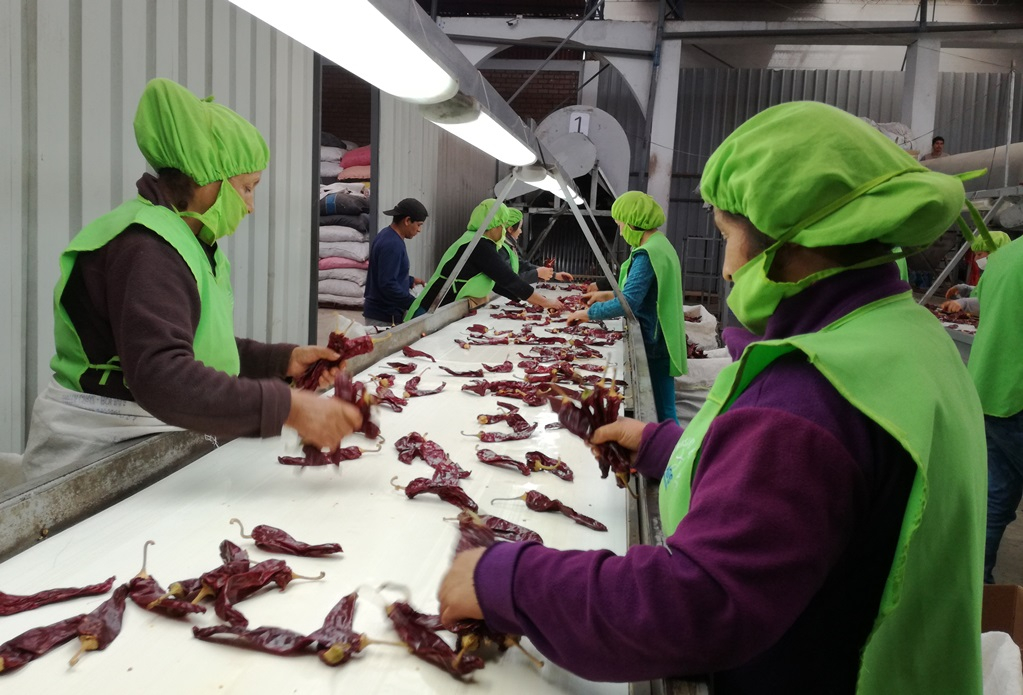
At the end of 2023, exports provided employment – be it direct, indirect and induced – to 4 million 46,000 people, 4.9% less than in 2022, reported from the Global Economy and Business Research Center of the Association of Exporters ( Hundred-Adex).
There are approximately 200,000 fewer positions than the year before, explained due to the drop in traditional agriculture (-31.4%), traditional fishing (-54.2%), hydrocarbons (-35.3%), clothing (-21.7%), iron and steel (-13.9%). %), textile (-8%), chemical (-18.7%), wood (-23.7%) and miscellaneous (-5.2%).
Only mining, in the area of traditional shipments, finished in blue (6.6%); while in non-traditional, we have agribusiness (4.4%), fishing and aquaculture (5.9%), non-metallic mining (4.5%) and metalworking (4.8%) with positive performances.
The most dynamic area in job creation was agribusiness, with 1 million 710,472 jobs. One step away were mining (1 million 42,337), traditional agriculture (436,768), clothing (267,000) and fishing and aquaculture (201,423).
The main destination for job creation was the United States—despite falling 4.5%—as it exceeded one million jobs. The European Union (778,306) and China (728.70) complete the podium.
Source: Larepublica
Alia is a professional author and journalist, working at 247 news agency. She writes on various topics from economy news to general interest pieces, providing readers with relevant and informative content. With years of experience, she brings a unique perspective and in-depth analysis to her work.











